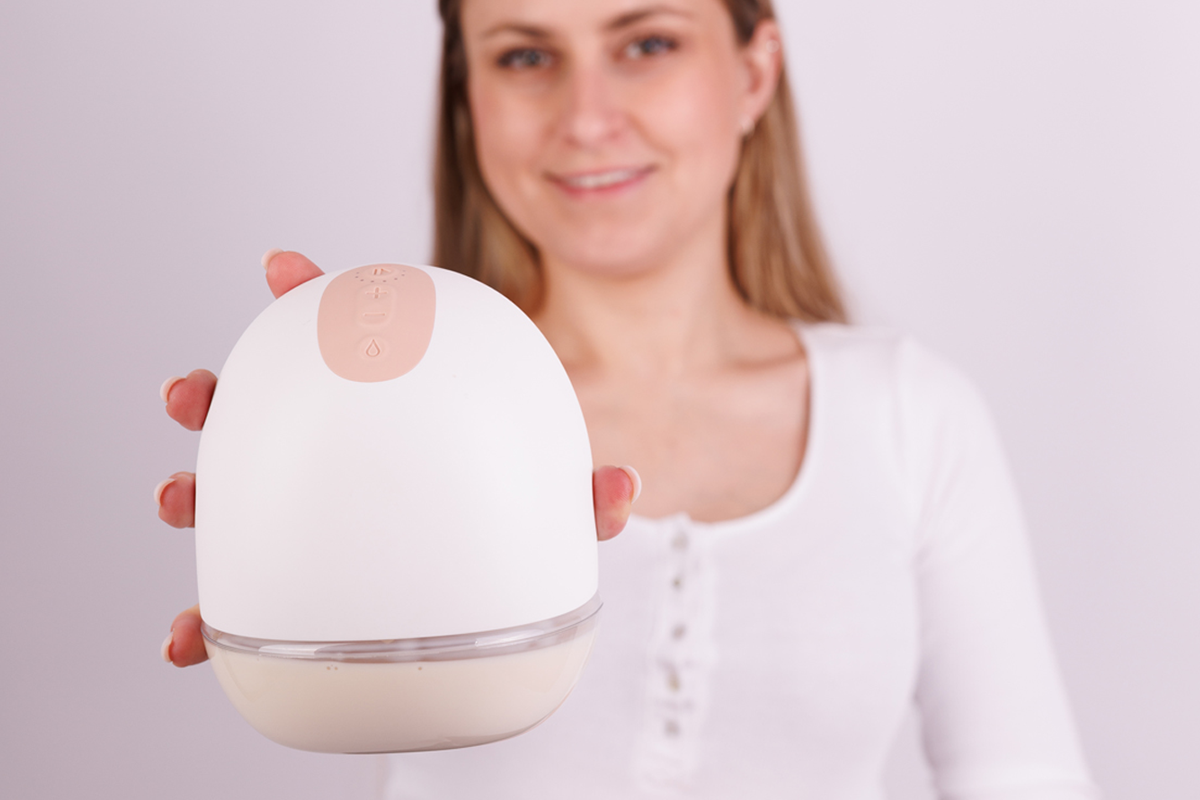Pumping breast milk is a valuable tool for many mothers — whether it's to build a freezer stash, share feeding responsibilities, or support a return to work. But when you’re ready to stop, learning how to wean off pumping gently and gradually is essential to avoid discomfort and support your body’s natural transition. In this article, you’ll find step-by-step guidance, practical strategies, and expert tips to help make the weaning process as smooth and stress-free as possible.
When is the right time to wean off pumping?
The best time to wean off pumping depends largely on your baby’s feeding needs, your milk supply, and your personal or work situation. Many mothers choose to start weaning after their baby begins solid foods around 6 months or when returning to work becomes manageable without pumping. It’s important to listen to your body and your baby's cues to find the timing that feels right for you.
How long does it take to wean off pumping?
Weaning off pumping usually takes between 2 to 6 weeks, but this varies depending on several factors:
-
How long you have been pumping
-
Your milk supply and breast fullness
-
Frequency and duration of pumping sessions
-
How gradually you reduce pumping
💡 A slower wean helps your body adjust hormone levels and reduces the risk of engorgement or mastitis. Rushing the process can increase discomfort and complications.
What are the symptoms of weaning too quickly from pumping?
If you stop pumping abruptly, you might experience:
-
Intense breast engorgement and fullness
-
Tenderness or sharp breast pain
-
Blocked milk ducts or mastitis (breast infection)
-
Sudden drop in milk supply leading to potential emotional distress
Recognizing these symptoms early can help you adjust your weaning schedule to avoid complications.
How can you avoid mastitis when weaning off pumping?
Mastitis can happen generally when your breasts become overly full causing swelling and inflammation. It can happen as well if milk ducts become blocked or bacteria enter inflamed areas. To prevent mastitis during weaning:
-
Wean gradually to prevent sudden fullness.
-
Regularly change pump parts according to a recommended schedule to maintain hygiene.
-
Wash breast pump parts thoroughly after each use
- Pay attention to any breast pain or redness and consult a healthcare provider promptly if you suspect infection.
Staying attentive to your body and taking these small steps can go a long way in preventing complications like mastitis and ensuring a more comfortable weaning experience.
Different methods to weaning off pumping
Method 1: Gradually reducing sessions
This method involves dropping one pumping session at a time every few days. For example, if you pump 4 times a day, reduce to 3 times a day for several days, then to 2, and so on. This slow reduction helps your milk supply decrease naturally without sudden changes.
Method 2: Gradually reducing pumping time per session
Instead of dropping sessions, you reduce the duration of each pumping session. If you usually pump 15 minutes, cut back to 12 minutes, then 10, and continue decreasing over several days or weeks. This method can work well if your schedule limits how often you can pump.
Method 3: A combination approach
Many mothers find a combination of both methods effective — reducing both the number of sessions and the pumping time progressively. This tailored approach can help avoid engorgement and make the transition smoother.
Example of pumping weaning schedule
| Week | Number of Pumping Sessions per Day | Pumping Duration per Session (minutes) |
|---|---|---|
| Week 1 | 4 sessions | 15 minutes each |
| Week 2 | 3 sessions | 12 minutes each |
| Week 3 | 2 sessions | 10 minutes each |
| Week 4 | 1 session | 8 minutes |
| Week 5 | No pumping |
Adjust this schedule based on your comfort and milk flow. Remember that flexibility helps accommodate your body’s response.
Weaning off pumping at work
Weaning while working requires careful coordination with your schedule and workplace supports. Under the federal PUMP for Nursing Mothers Act, employers must provide a private, non-bathroom space and reasonable break time for expressing breast milk during the workday for up to one year after your child’s birth. In addition, many states have their own laws that may offer even greater protections.
💡 If you’re ready to start weaning off pumping at work, a gradual approach works best.
Slowly dropping pumping sessions during work hours while increasing breastfeeding or bottle feeding at home helps maintain comfort and supports a smoother transition. Communicate your needs with your employer to ensure you still have the right accommodations during this period.
The Perifit Pump can be a helpful ally during this transition. Its discreet, silent design makes it easy to pump on your own schedule — whether you’re reducing sessions at work, building a small milk stash, or simply looking for more flexibility.
Tips for a smooth transition when you stop pumping
To support your body through the changes that come with stopping pumping, it’s important to take proactive steps that ease discomfort and promote healing. Here are some practical tips for a smooth and gentle transition when you stop pumping:
-
Wear a well-fitted bra to support your breasts and reduce discomfort.
-
Use cold compresses to ease swelling and engorgement.
-
Hand express a little milk if breasts feel uncomfortably full but avoid overexpressing.
-
Stay hydrated and maintain good nutrition.
-
Stay mindful and patient — your body is adapting to new demands.
What happens after you stop pumping?
Once you stop pumping, milk production will gradually decrease as your hormone levels adjust. Your breasts may feel full or slightly tender for a short time, but over days to weeks, milk supply will diminish until it stops. Emotional responses to stopping pumping are normal, so seek support if needed.
What should you do if you experience pain or complications during the weaning process?
The weaning process can sometimes lead to discomfort or complications. It's important to address these promptly to prevent more serious issues. If you notice:
-
Severe breast pain
-
Symptoms of mastitis such as fever, redness, warmth, or flu-like symptoms
-
Unusual lumps or blocked ducts
Reach out promptly to your healthcare provider or lactation consultant. Early treatment prevents worsening symptoms and helps you manage pain effectively.
While waiting for your appointment, you can also consider:
- Gentle massage of affected areas to encourage milk flow.
- Warm compresses before feeding/pumping or cool compresses after, to reduce swelling and pain.
- Wearing a supportive, non-constricting bra.
- Pain relievers like ibuprofen or paracetamol (ensure they are safe for you, especially if still breastfeeding partially).
Knowing how to wean off pumping safely and gently can make a big difference in your physical comfort and emotional well-being. Whether you're stopping because your baby is nursing more, you're returning to work, or you're simply ready to move on, the key is to go slow, listen to your body, and make gradual changes that prevent discomfort and complications.
Sources:





